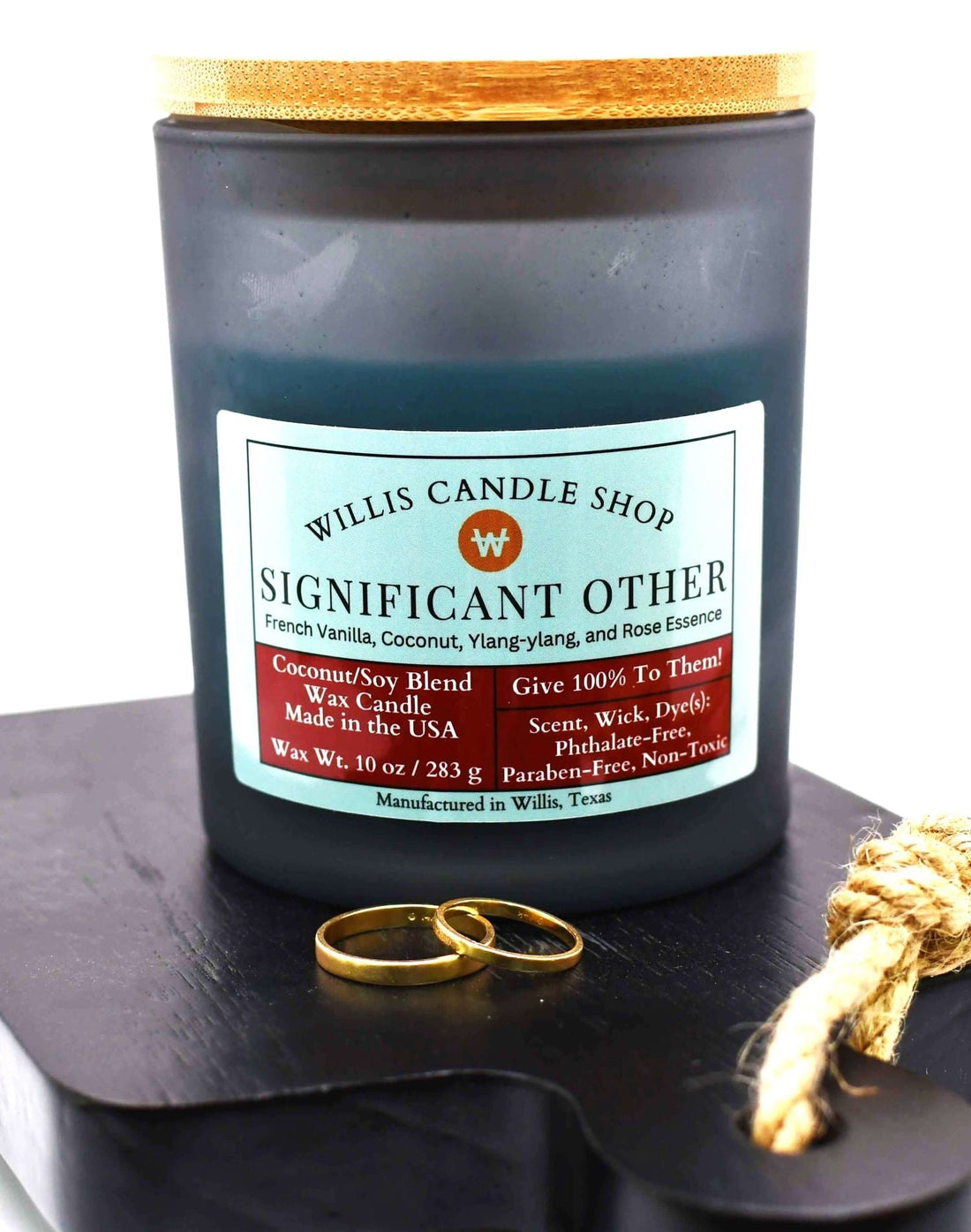
Tin Candles vs Glass Candles — Which One Performs Better?
Container Matters: Choosing Between Tins and Glass
When selecting a candle, you’re not just picking a scent—you’re choosing an experience. The container you choose—whether Glass Candles or Tin Candles—affects not only the look of the candle but also how it burns, how long it lasts, and how it fills your space. Some prefer the industrial charm and portability of tins, while others love the elegance and weight of glass. But which performs better? Which is safer? And which is more reusable? At Willis Candle Shop, we’ve poured thousands of glass mug candles and tins, and here’s what we’ve learned.
Visual Appeal and Gifting Power
Decorative candles should blend seamlessly with your space, and the container plays a major role. Glass vessels elevate aesthetics, often doubling as home décor. They’re especially popular in candles as gifts because they look refined and luxurious. Tins, on the other hand, win on minimalism and functionality. They’re ideal for travel, small rooms, and outdoor use. For candles gifts, consider the recipient's lifestyle. A rugged tin suits someone always on the go, while a heavy glass jar suits someone who savors ambience at home.

Fragrance and Scent Retention
One of the biggest advantages of Jar candles—especially those in sealed containers—is their ability to retain scent over time. Glass protects fragrances from external odors and temperature swings, helping maintain a fresh, vibrant burn. Tins, by contrast, may allow faster diffusion of lighter fragrances. Still, when paired with the right formula, even coffee scented candles or Scented candles vanilla can thrive in a tin. For richer, layered scents, though, glass usually wins. Want even deeper personalization? Our custom candle program lets you choose your container, scent, and wax style to match the perfect mood.
Safety and Burn Quality
Clean burning candles require more than great wax—they need heat-safe containers. Both glass and tin can burn clean, but thick-walled glass retains heat better and disperses it more evenly. That’s a big plus for large spaces or cold-weather climates. Glass is especially useful when crafting strong scented candles, helping distribute fragrance over time without overheating. But safety comes first. For smaller candles or rooms, tins may be safer because they cool faster and contain flame better. Whichever you choose, always opt for safe candles to burn with proper wick care and heat resistance.
Reuse Potential and Eco Considerations
Glass wins the sustainability debate hands down. After a clean-out, a glass container becomes a pen holder, planter, or refillable candle jar. Tins have reuse value too, especially for travel kits or compact storage. But from an eco perspective, eco friendly candles often come in glass for long-term repurposing. If you’re buying for someone passionate about reuse, glass is the best long-term option. Our customers often reuse our candle vessels to hold kitchen herbs, cotton rounds, or even loose change. Want more inspiration? Check out these candle decorating ideas for stylish, sustainable reuse tips.
Customization and Specialty Offerings
Glass jars are more versatile for unique pours and detailed labels, which is why they dominate in our scented candles custom collections. Whether you’re gifting scented candles customized for a wedding or event, glass allows a more premium look. Tins do have a boutique charm, though, especially in limited-run seasonal collections. For example, valentine candles or candles for valentine's often ship in tins for easy packaging and lightweight shipping. Still, nothing beats the impact of a clear glass jar displaying deep reds, creams, or textured wax surfaces.
Style by Season and Occasion
Every season lends itself to a certain vessel. For the holidays, glass adds elegance to candles valentines day offerings and valentine's day candles. During warmer months or travel season, tins are preferred. They’re resilient, light, and perfect for throwing in a bag. And when it comes to fun or novelty items like weirdest scented candles (think baked potato or bacon), tins contain the curiosity without overwhelming the room. For everyday use, both containers have a place—but for events or aesthetics, glass often edges ahead.
What Our Customers Say
Reviews from our customers speak volumes. Some swear by the slow, radiant burn of Glass Candles, especially for open-concept homes or holiday dinners. Others prefer the practicality of Tin Candles for smaller spaces and quick-use scenarios. Our bestseller lists often reflect this duality. Whether someone is purchasing best candles for gifts or just restocking their favorites, we see both options performing well. Glass appeals to fragrance lovers. Tins appeal to travelers, minimalists, and efficiency seekers.
Fragrance Longevity and Oil Lock
While both vessel types can host richly scented wax, glass provides a better seal for long-term storage. Oils in candles can dissipate or oxidize if not well protected, especially in warmer climates. A sealed glass jar—especially one with a tight-fitting lid—extends fragrance longevity by weeks. That’s why we recommend glass for complex blends like Scented candles coffee, spice mixes, or fragrance candle designs with top-mid-base layering. If your goal is performance and freshness, glass is your best bet.
The Final Verdict: Use Both
You don’t have to choose just one. Each container shines in its own context. Need something quick, lightweight, and portable? Tin. Planning to gift a beautiful centerpiece or showcase a limited scent? Glass. Our recommendation? Keep both on hand. Use glass for ambiance and reusability. Use tin for convenience and short burns. From Scented candles for men to seasonal pine tree scent candle releases, every vessel type has its place. Pair it with clean candles and good wick trimming, and you’ll never be disappointed.
FAQs
Which candle container retains fragrance best?
Glass jars typically retain fragrance longer due to better sealing properties.
Are tin candles safer for small spaces?
Yes, tins cool faster and contain the flame well, making them a good choice for compact rooms.
Can glass containers be reused?
Absolutely. Glass jars are popular for repurposing as planters, holders, or storage containers.
This blog post is a work of nonfiction, based on actual product details and customer feedback from Willis Candle Shop as of the publication date. All recommendations reflect current best practices for candle container selection, safety, and reuse.












